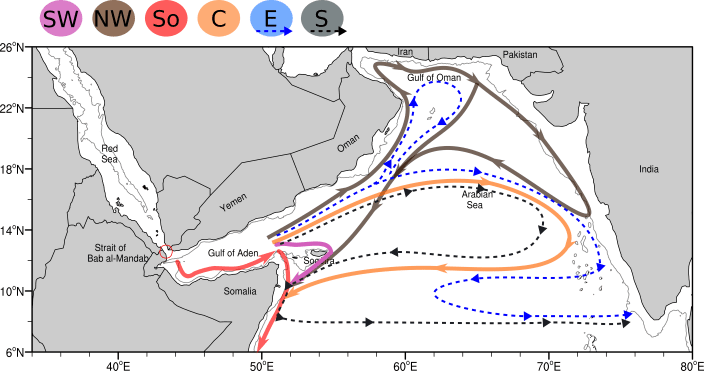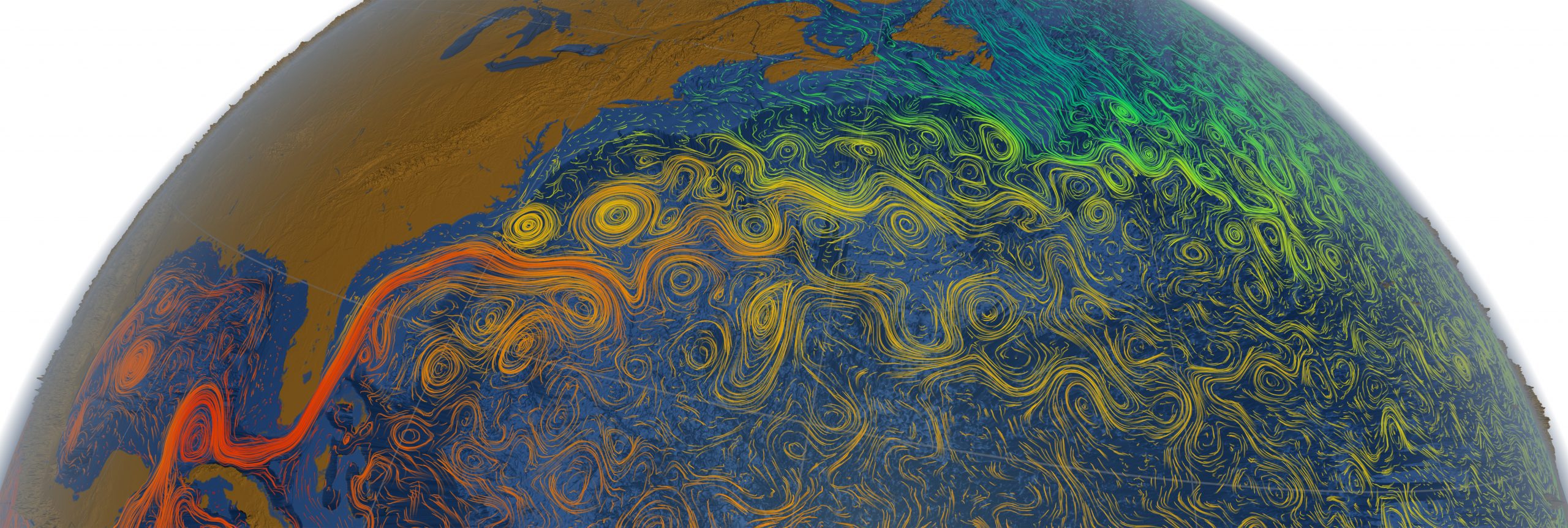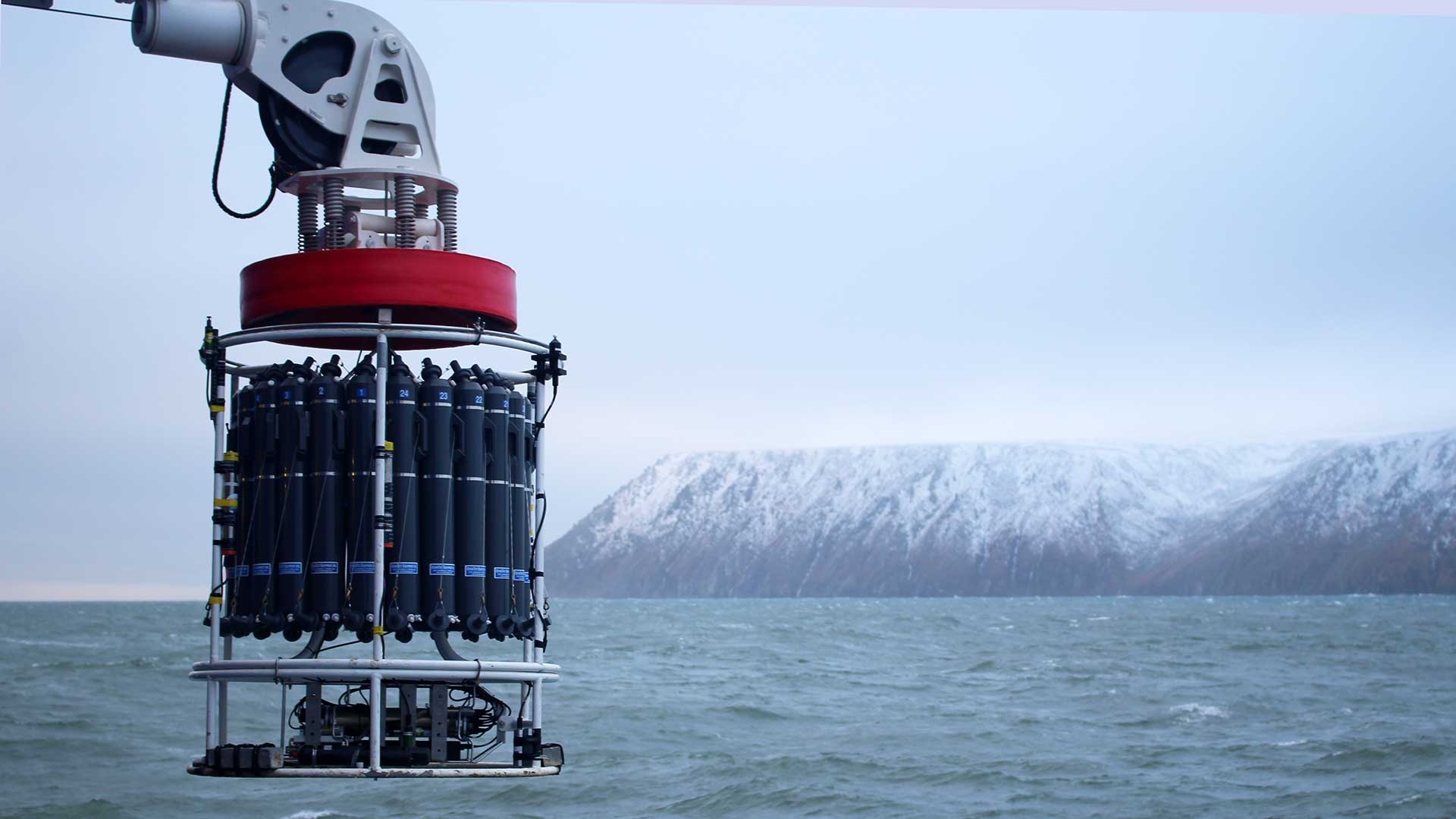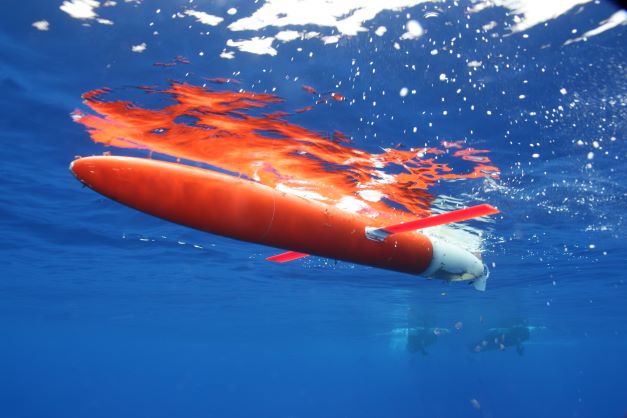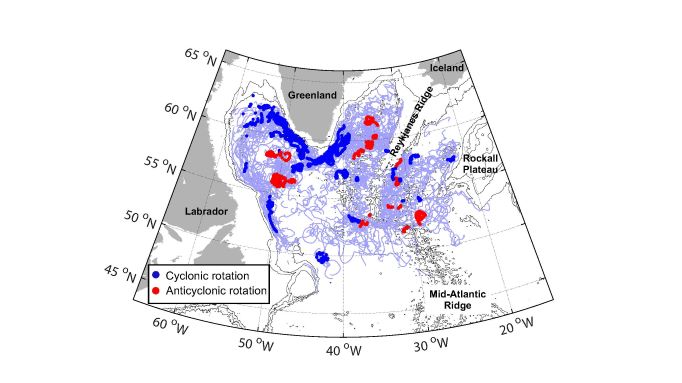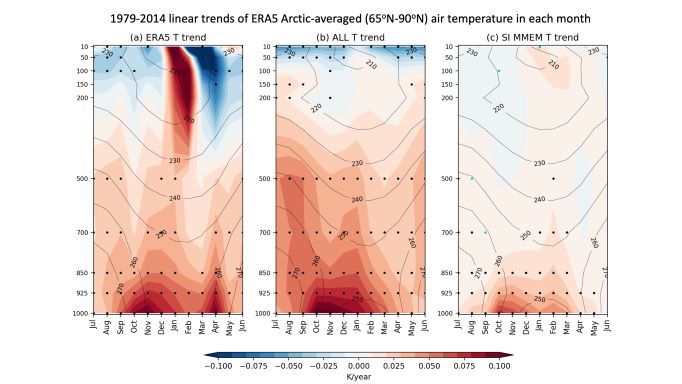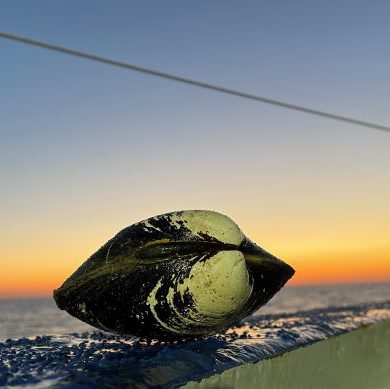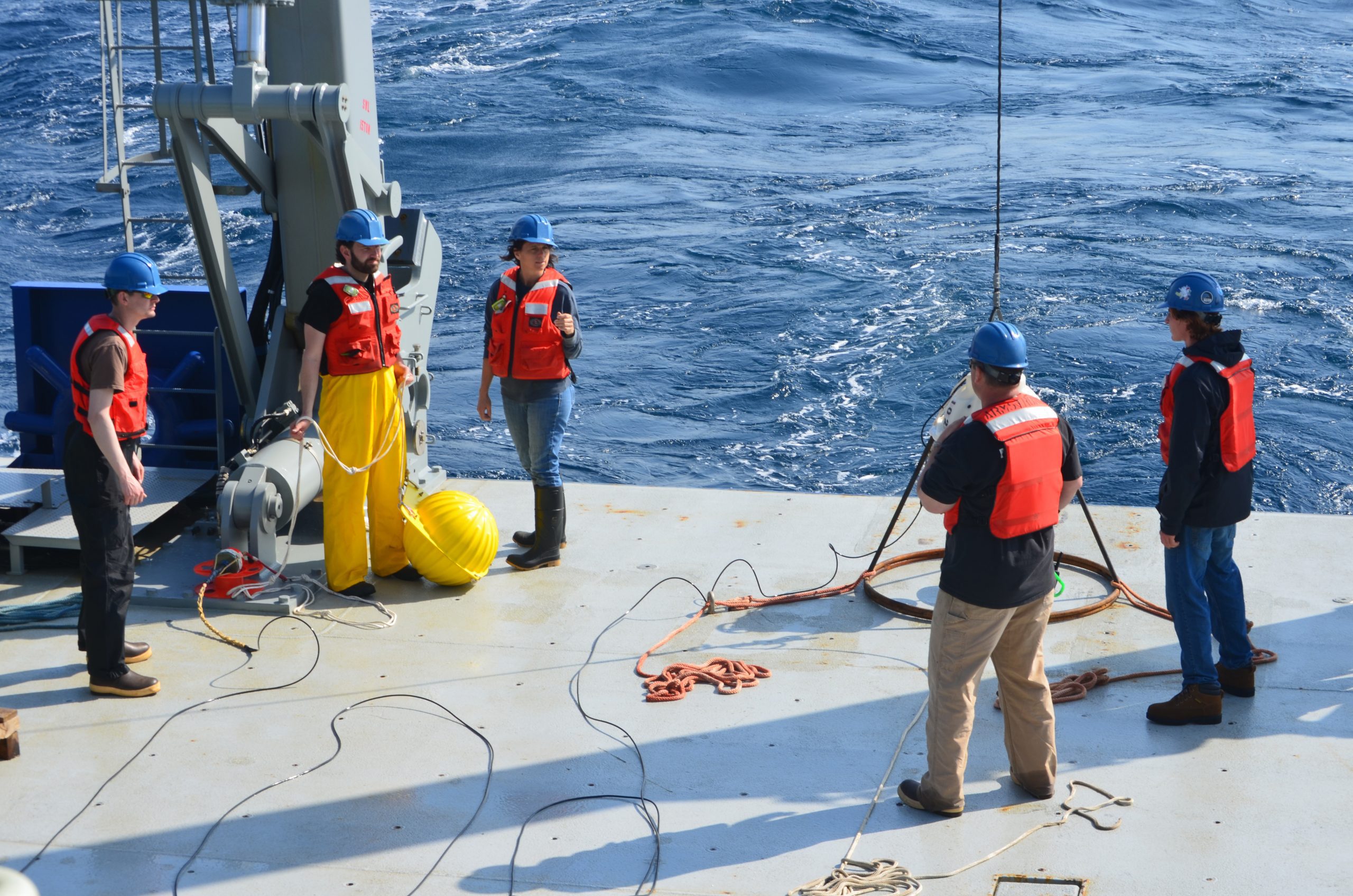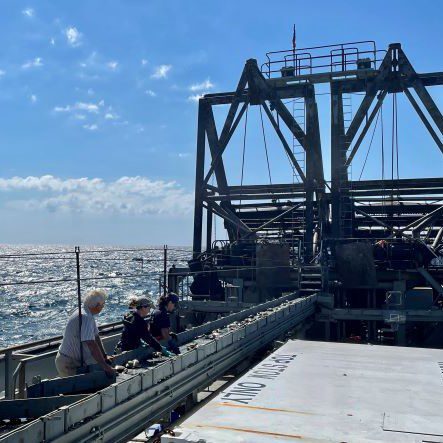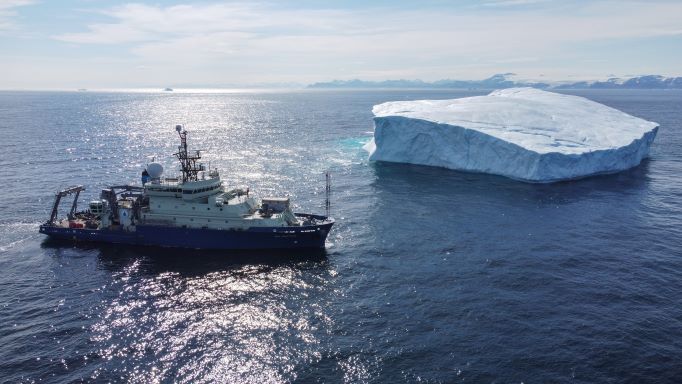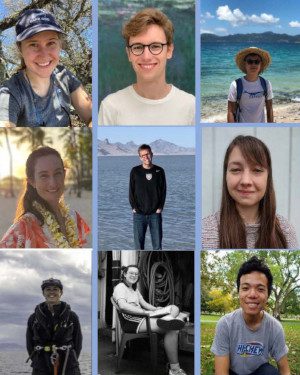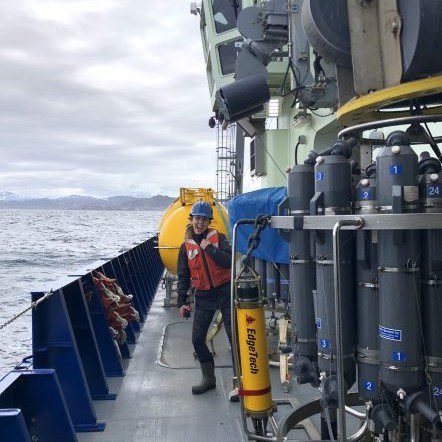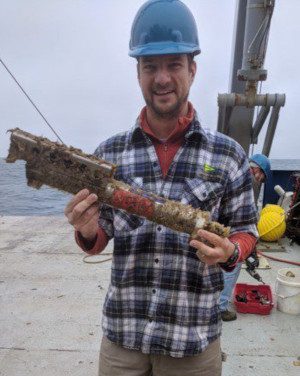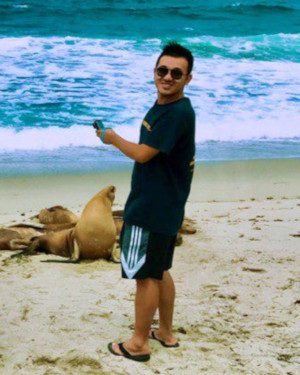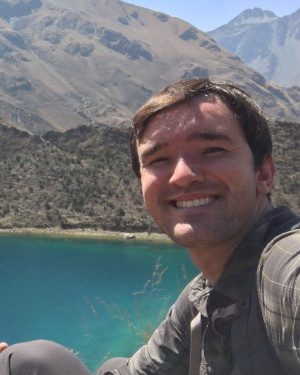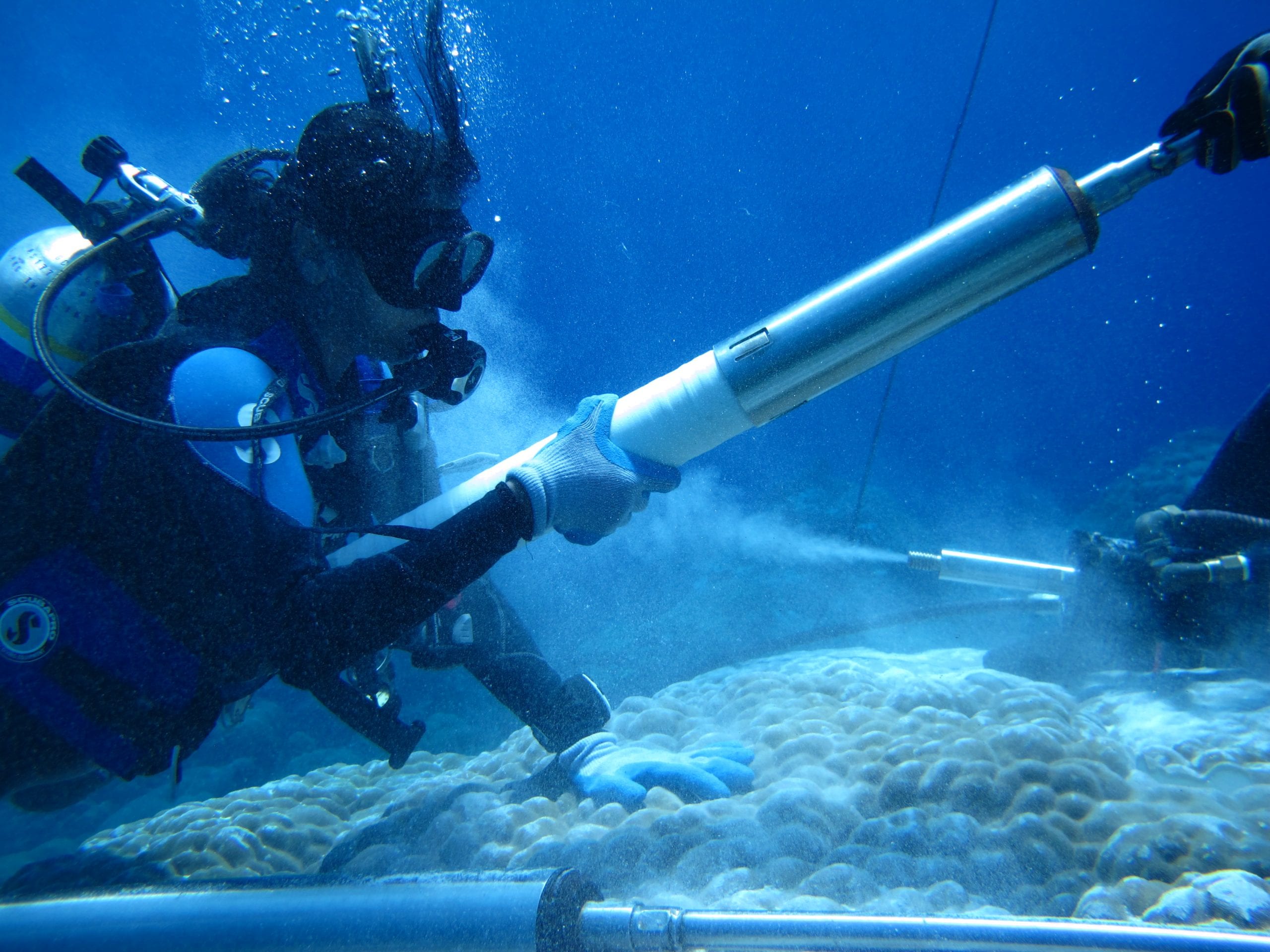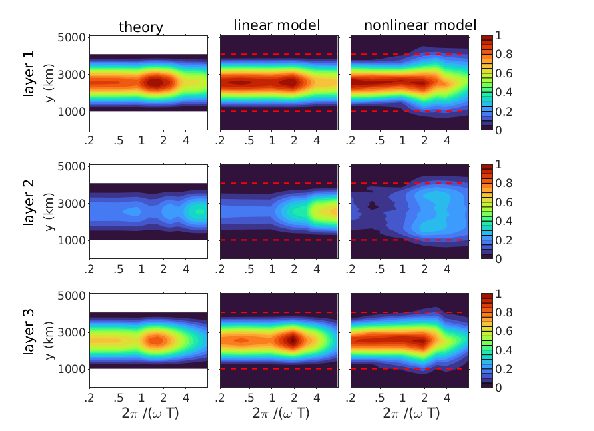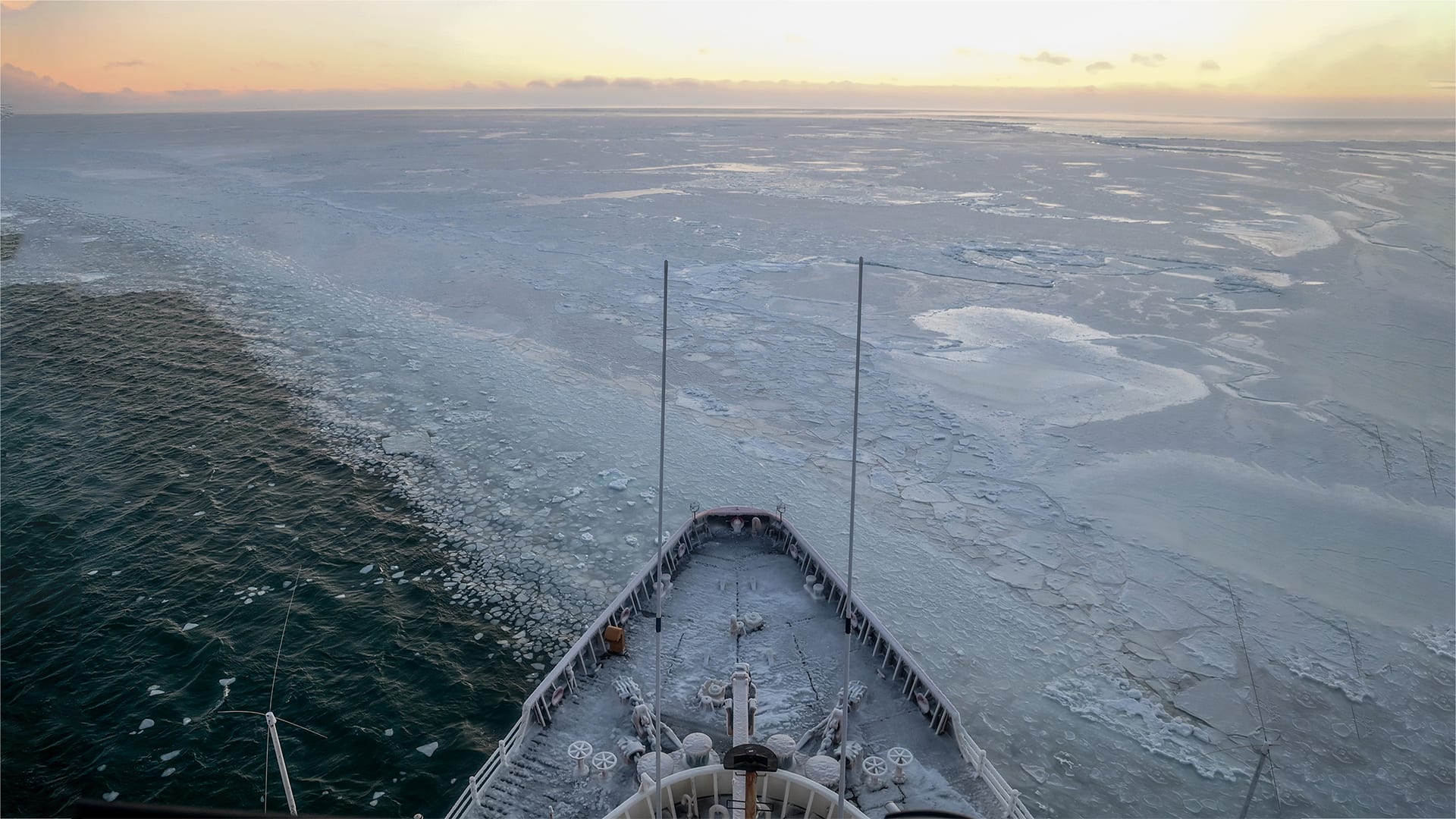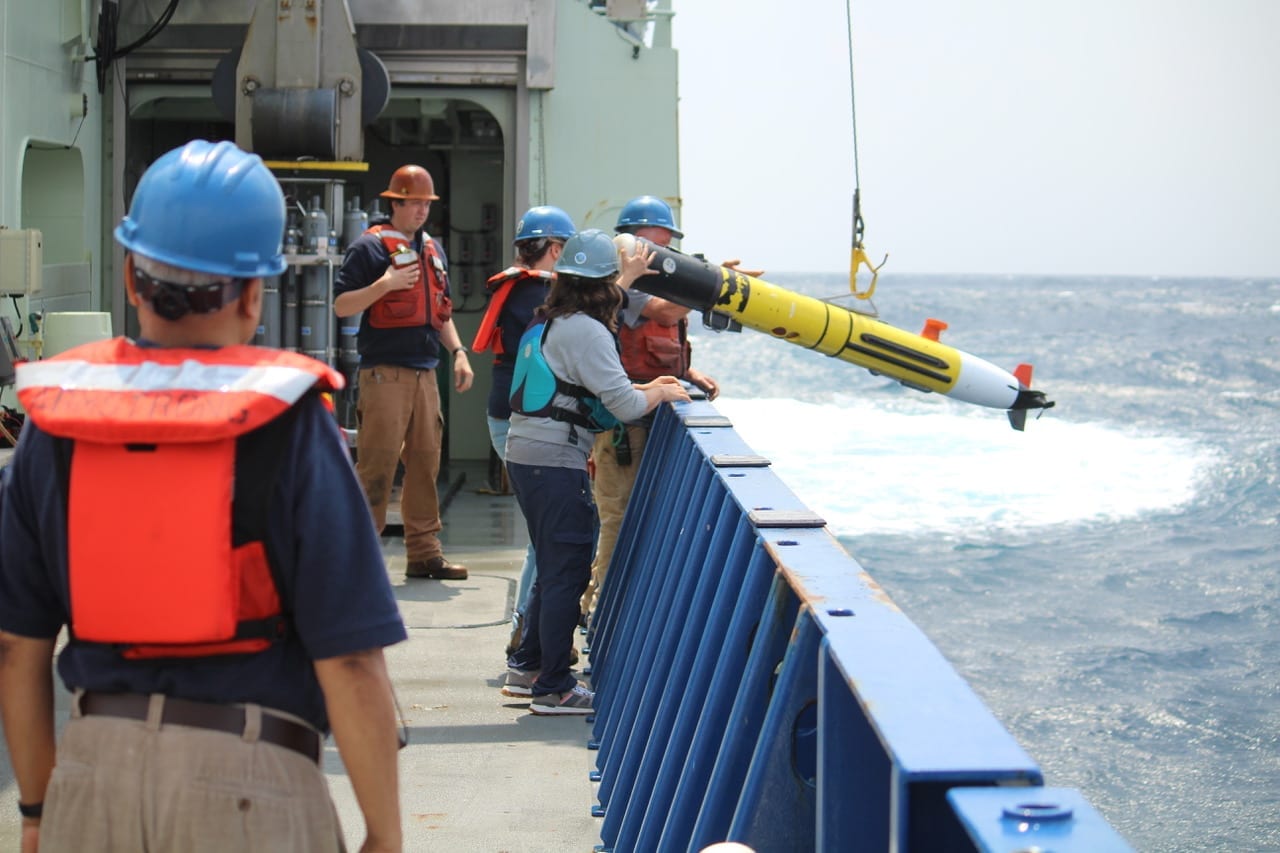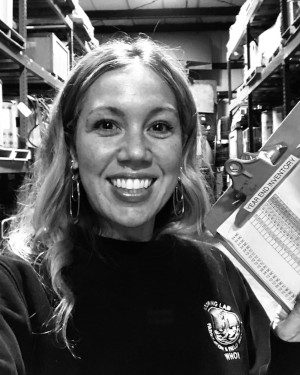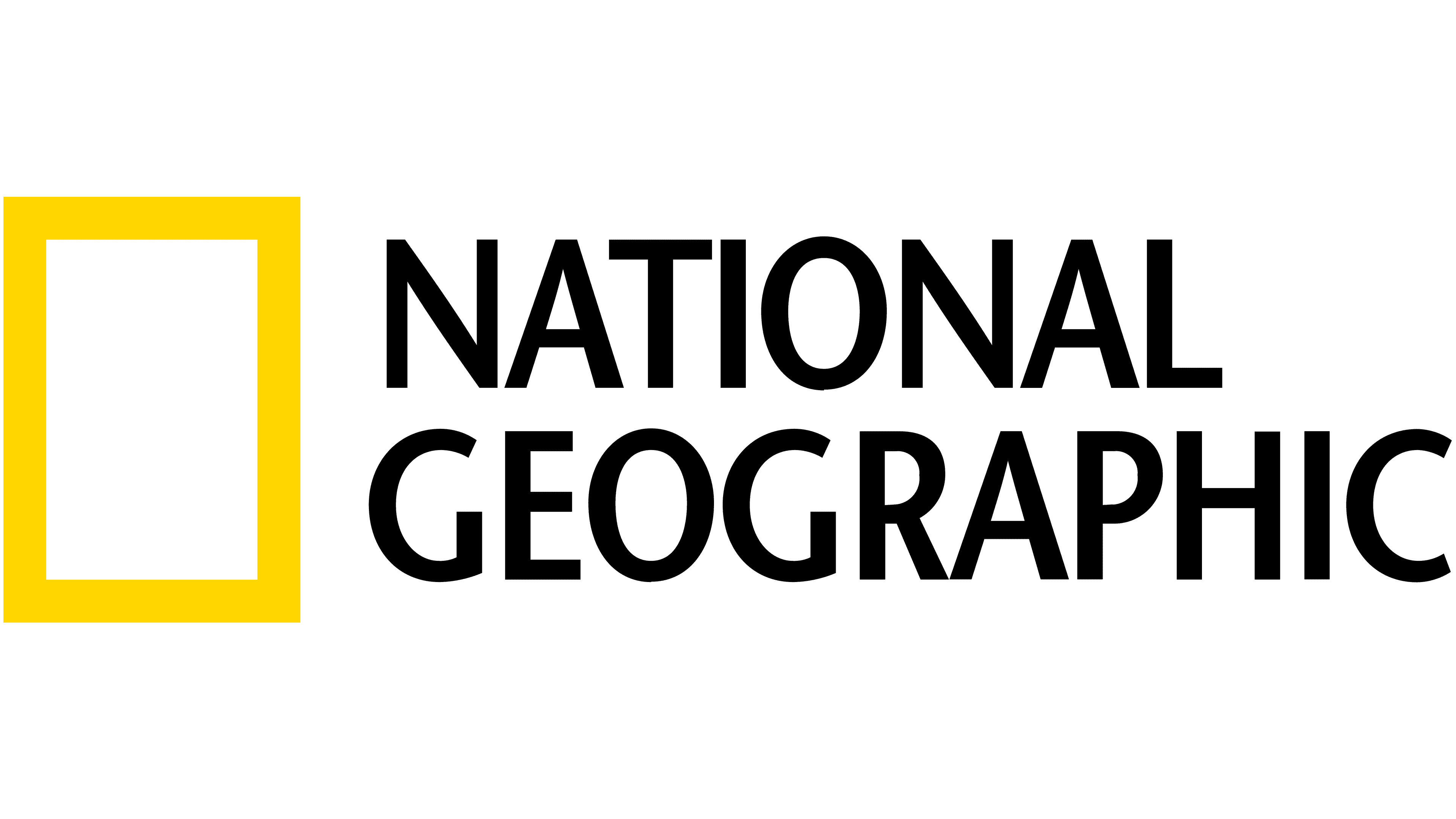Physical Oceanography
Advective pathways and transit times of the Red Sea Overflow Water in the Arabian Sea from Lagrangian simulations
Menezes, V. V., 2021. Advective pathways and transit times of the Red Sea Overflow Water in the Arabian Sea from Lagrangian simulations. Progress in Oceanography, 199, 102697. doi: 10.1016/j.pocean.2021.102697. The…
Read MoreModeling our climate future; WHOI to lead ocean current research
Woods Hole Oceanographic Institution (WHOI) senior scientist of physical oceanography, Dr. Young-Oh Kwon, and WHOI adjunct scientist, Dr. Claude Frankignoul, have received a new research grant from the National Oceanic and Atmospheric Administration (NOAA) Modeling, Analysis, Predictions and Projections (MAPP) Program, funding their research project focusing on western boundary ocean currents and their correspondence with the atmosphere in relation to modern day climate.
Read MoreStudy Finds Growing Potential for Toxic Algal Blooms in the Alaskan Arctic
A warming Arctic presents potential new threats to humans and marine wildlife in the fast-changing region Changes in the northern Alaskan Arctic ocean environment have reached a point at…
Read MoreWHOI scientists monitor the ocean with innovative tools and techniques to improve hurricane forecasting
Steve Jayne says that flying through hurricanes on a Lockheed-Martin WC-130J Weatherbird aircraft with the U.S. Air Force Reserve’s Hurricane Hunters…
Read MoreObserved deep cyclonic eddies around Southern Greenland
As part of the Overturning in the Subpolar North Atlantic Program, 135 acoustically-tracked RAFOS (Range And Fixing of Sound, floats were released…
Read MoreAre the impacts of the observed Arctic Sea-ice variability on the cold season atmospheric circulation underestimated in AGCM experiments?
Liang, Y.-C., C. Frankignoul, Y.-O. Kwon, G. Gastineau, E. Manzini, G. Danabasoglu, L. Suo, S. Yeager, Y. Gao, J.J. Attema, A. Cherchi, R. Ghosh, D. Matei, J.V. Mecking, T. Tian,…
Read MoreA Clam at Sunrise in the Mid-Atlantic Bight
The sun rises over the Mid-Atlantic Bight behind an ocean quahog perched on the side of the F/V ESS Pursuit during a recent research cruise. Ocean quahogs are the longest-living,…
Read MoreSpatial and temporal variability of the Gulf Stream near Cape Hatteras
Andres, M. (2021). Spatial and temporal variability of the Gulf Stream near Cape Hatteras. Journal of Geophysical Research: Oceans, 126, e2021JC017579. https://doi.org/10.1029/2021JC017579 As part of the NSF-funded Processes driving Exchange at Cape Hatteras (PEACH)…
Read MoreClam Research Cruise on the F/V ESS Pursuit
Postdoc Nina Whitney and scientists from University of Mississippi and Virginia Institute of Marine Science…
Read MoreR/V Armstrong tracks Arctic freshwater along the southeast Greenland shelf
Assistant scientist Nick Foukal and Research Assistant Jessica Kozik have been deploying surface drifters and profiling floats along the southeast Greenland shelf during the OOI Irminger cruise aboard the R/V…
Read MorePO’s New MIT/WHOI Joint Program Students
Meet PO’s most recent group of MIT/WHOI Joint Program Students
Read MoreProject funded to digitize and mine weather data from whaling logbooks
An ongoing collaborative effort by Woods Hole Oceanographic Institution (WHOI), University of Massachusetts Dartmouth (UMassD), and Providence Public Library (PPL), has received a grant from FM Global. The project is investigating the role of historical weather data in current climate change research, and the increasingly urgent issues surrounding it.
Read MoreShoreside CTD Support for OOI Irminger 8 Cruise
US OSNAP works together with OOI to provide shoreside support of Shipboard CTD data collection…
Read MoreWelcome Postdoctoral Investigator Greg Koman
Greg Koman, Postdoctoral Investigator, joins WHOI’s PO Department.
Read MoreWelcome Postdoctoral Investigator Jia-Rui (Ray) Shi
Jia-Rui (Ray) Shi, Postdoctoral Investigator, joins WHOI’s PO Department.
Read MoreWelcome Postdoctoral Scholar Duo Chan
Duo Chan, Postdoctoral Scholar, joins WHOI’s PO Department.
Read MoreWelcome Postdoctoral Investigator Alex Kinsella
Alex Kinsella, Postdoctoral Investigator, joins WHOI’s PO Department.
Read MoreWelcome Postdoctoral Fellow Alma Carolina Castillo-Trujillo
Alma Carolina Castillo-Trujillo, Postdoctoral Fellow, joins WHOI’s PO Department.
Read MoreReview Evaluates the Evidence for an Intensifying Indian Ocean Water Cycle
Report Calls for Better Integration of Observations, Models, and Paleo Proxies The Indian Ocean has been warming much more than other ocean basins over the last 50-60 years. While temperature…
Read MoreAn idealized modeling study of the midlatitude variability of the wind-driven meridional overturning circulation
Spall, M.A., 2021: An Idealized Modeling Study of the Midlatitude Variability of the Wind-Driven Meridional Overturning Circulation. Journal of Physical Oceanography, 2425-2441, https://doi.org/10.1175/JPO-D-20-0317.1 The amplitude of the wind-forced meridional overturning…
Read MoreA rare mission north
Serendipitous science mission aboard the Polar Star provides “once-in-a-lifetime” opportunity to collect critical ocean data below the ice
Read MoreSalinity Maximum Intrusion Cruise
Under the lead of Glen Gawarkiewicz the R/V Neil Armstrong surveys the Southern New England shelfbreak…
Read MoreSpotlight on Administrative Associate Andrea Harvey
This month, we are spotlighting PO’s Andrea Harvey, who joined WHOI in 2016…
Read MoreMaine’s having a lobster boom. A bust may be coming.
The waters off Maine’s coast are warming, and no one knows what that’s going to mean for the state’s half-billion-dollar-a-year lobster industry—the largest single-species fishery in North America. Some fear that continued warming could cause the lobster population to collapse. To understand what’s happening to the ecosystem of the Gulf of Maine, says Glen Gawarkiewicz, an oceanographer at Woods Hole Oceanographic Institution, in Massachusetts, you have to look beyond it—see how it’s affected by the atmosphere, ocean currents, and rivers that flow into it.
Read More
